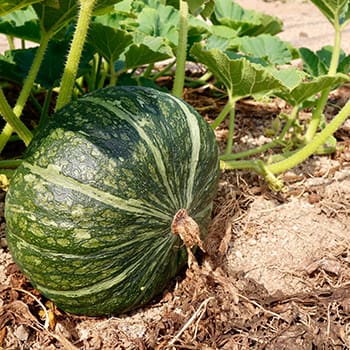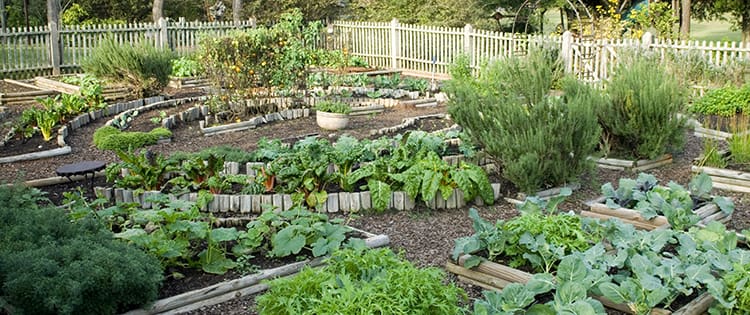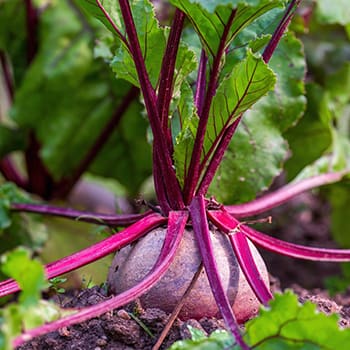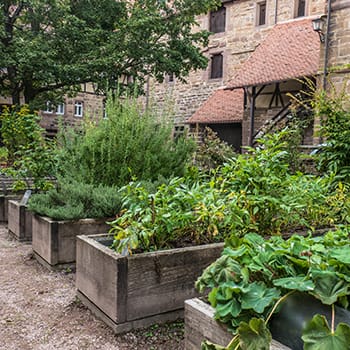Life is unpredictable; therefore, it is essential that you are always prepared for the worst. One of the most effective ways to prepare for an emergency is to ensure that you are self-sufficient and always have your own food source. An emergency garden is a lifeline that provides a fresh, sustainable supply of nourishment during difficult times.
Keep reading to discover how to grow an emergency garden.
What Is An Emergency Garden
In case of a food shortage, an emergency garden is one where you can grow your own fruits and vegetables. If disaster was to strike, it would ensure that you and your loved ones never go hungry. While you can plant any crops you like, the main aim is to plant fruits and vegetables that will grow fast, are nutritionally dense, grow well in different climates, and can be stored for long periods.
Here are some tips:
Winter Squash
There are 16 varieties of winter squash and they are all delicious. They are easy to grow and are versatile. They can be roasted, steamed, baked, and sautéed. Winter squash will remain fresh for up to six months when stored in a cool, dry place.
Winter squash is ready for harvesting approximately 100 days after planting.
Spinach
This superfood is packed with essential vitamins and minerals such as vitamin A, vitamin C, iron, folate, and antioxidants. Spinach is one of the fastest-growing vegetables, and within 30 days, you will have a fresh batch of leafy greens.
Although spinach is best eaten fresh, you can freeze it for up to one year and use it to make soups and stews.
Tomatoes
Whether you like big, juicy, tomatoes, or the tiny grape and cherry type, you can grow this versatile vegetable in a container or on a veggie plot. The fastest tomatoes to mature are the sub-arctic plenty (45 days), and the bloody butcher (55 days). You can store tomatoes for up to one year by freezing, pressure canning, or drying them.
Related: Tomato Myths
Beetroot
Ready to eat within 40-60 days, beetroots are easy to grow from seed. They are wonderfully sweet and colorful and rich in vitamins and minerals such as vitamin C, iron, potassium, and manganese.
Beetroots are a cool season crop and grow best in temperatures of around 50 degrees F. They are also extremely resilient plants and are rarely affected by diseases or pests. Blanch and peel your beetroots before storing them in the freezer; they will last for one year.
Peas
Most pea varieties are ready for harvest within 60 days. Although peas are easy to grow, they have a limited growing period. It’s important to plant them at the beginning of spring so that the weather is still cool while they mature.
You can store peas in the freezer for up to one year. However, you will first need to arrange them on a baking tray lined with parchment paper and freeze them for one hour. Once they are frozen, scoop the peas into Ziploc bags and then place them in the freezer.
Related: If You Don’t Have Enough Space To Grow A Garden, Do This
Strawberries
On average, it takes approximately 60-90 days for strawberries to mature. There are over 600 strawberry varieties; therefore, you will need to do some research to determine which strawberries grow the best in your region. Once the strawberries are ready to harvest, place a sheet of paper towel on the bottom of an airtight container and arrange the unwashed strawberries on top. Secure the lid and store them in the fridge for up to one week.
To freeze them, soak them in a vinegar and water solution for 15 minutes. Drain them, slice off the green stem, place the strawberries in Ziploc bags, and store them in the freezer. They will last for up to one year.
Blueberries
Blueberries taste awesome in oatmeal, smoothies, or on their own as a snack. They are exceptionally hardy plants, and in the right climate, they can live for up to 40 years. You can start harvesting blueberries between 60-90 days after planting. When stored in the fridge, blueberries will stay fresh for about one week.
Line an airtight container with a paper towel, add the unwashed blueberries, and seal with a lid. To store them in the freezer, soak them in vinegar and water for 15 minutes, drain them, and arrange them on a baking tray lined with parchment paper. Put the blueberries in the freezer for one hour, once frozen, transfer them into Ziploc bags and store them in the freezer for up to one year.
Medicinal Plants
Medicinal plants are just as important as food during a crisis. If you don’t have access to a doctor, the right herbs will help you recover from an illness or infection. Here are some of the most important medicinal plants to grow in your emergency garden:
- Echinacea: Echinacea is best known for boosting immunity and helping to cure symptoms of the common cold, upper respiratory infections, and bronchitis.
- Lavender: Lavender has several health benefits and can help with insomnia, wound healing, burns, acne, hair loss, headaches, anxiety, and mood issues.
- Evening Primrose: This vivacious yellow flower produces a potent oil with anti-inflammatory properties. It alleviates irritations caused by skin conditions such as eczema, lowers blood pressure, relieves breast pain, and it is believed to improve the quality of life of those suffering from multiple sclerosis.
- Peppermint: Peppermint is a hardy plant that can withstand bad weather conditions. It is also known for its ability to soothe digestive problems, treat headaches, calm nausea, stop diarrhea, and relieve menstrual cramps. It also helps to improve focus.
- Aloe Vera: Also known as Aloe barbadensus miller, Aloe Vera is renowned for its soothing gel which is beneficial for treating skin irritations, cuts, and burns.
Growing an emergency garden is about more than planting seeds and nurturing plants; it’s about resilience, survival, and a commitment to self-sufficiency. Start growing your emergency garden now because life is unpredictable and disaster can strike at any time. Always remember that preparation is wisdom; the better prepared you are, the less stressful it will be when challenging times arise.
You may also like:
The Only Food That Grows Almost Faster Than You Can Eat It (Video)
13 Plants That Thrive In Shade















